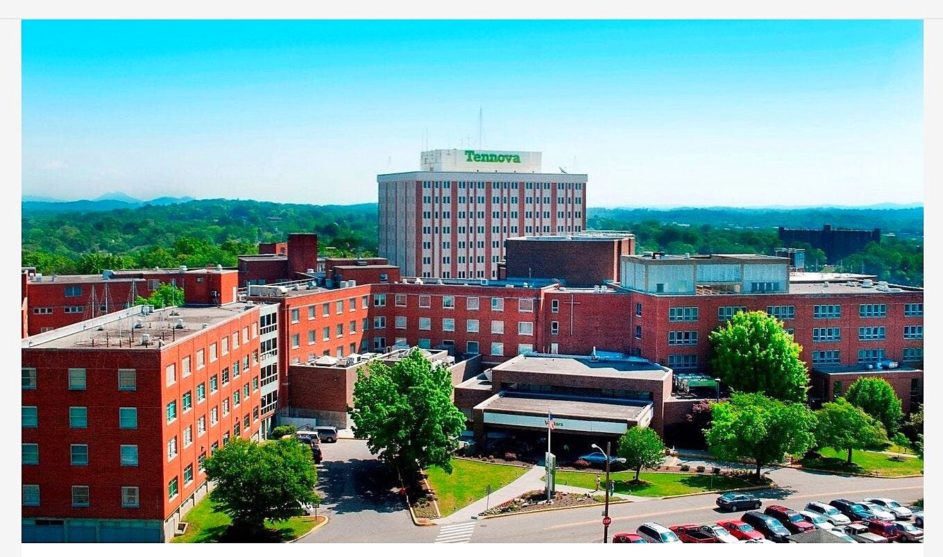On Monday, our story described the design, cost and schedule for the city’s proposed safety complex at the old St. Mary’s hospital site. It was a nuts-and-bolts glimpse of the development plan.
How is the project being received? Whenever you spend public finds – especially when you are talking more than $40 million – you can expect citizens to weigh in. It’s their tax dollars.
So, what are they saying?
In general, the responses from adjoining neighborhoods, like Old North Knoxville, Oakwood-Lincoln Park, and Fourth & Gill, have been positive. Fourth District council member Lauren Rider supports the proposed redevelopment of the former hospital site. “(It’s) certainly preferable to leaving two blocks of boarded-up or empty buildings,” she says.
Homeless folks are hanging around there more since the emergency room closed eight months ago. By establishing a substantial police presence, there is an added element of safety to the neighborhood. Mischief makers tend to scatter where patrol cars multiply. Moreover, it makes sense to have the fire department offices and city court facility nearby — better coordination of services.
Rider adds, “The neighborhood can’t afford to have this area stay vacant, waiting some 10 years for a developer to fund a private project here.” Oakwood Lincoln Park reps seem to agree and add a hope that a small park might be built on the north segment for their kids. (And, yes, their dogs, too.)
Advance information sharing with neighborhood groups by David Brace, the city’s chief operating officer, may help reassure residents. Brace provided tours of the site and met with businesses and business groups including the North Knoxville Business & Professional Association.
Additionally, the apparent commitment of Lincoln Memorial University to add a nursing school in the office tower is a plus. The northern half of the tract, when cleared, will provide ample opportunity for future housing and business development.
Nonetheless, concerns remain. Local jobs matter, and St. Mary’s hospital once employed well over 1,000 people (doctors, nurses, technicians, admin staff, and cleaning and maintenance help) before Tennova started winding it down. That meant employment for neighbors and cash flow for nearby businesses.
The satellite medical offices that typically flank a hospital also added to the local economy and the demand for housing. It’s hoped the safety complex jobs will help businesses return and boost the area’s economy.
Disappointment over the hospital’s closure hasn’t abated. There remains tremendous community support for the availability of health care nearby. Most everyone has had a family member, relative or neighbor born there or received testing or surgery there. The hospital’s closure was a significant loss to both North and East Knoxville.
There has also been some public opposition to the proposed safety complex. Council member Seema Singh has expressed concern about the enormous expenditure of funds for the relocation while there are other pressing needs, like a shortage of affordable housing and homeless care.
“Couldn’t it be done for less? Saving $5 or $10 million could be used for more community services,” Singh says.
And there has always been the question from the public as to whether it would be less expensive to remodel the existing safety building near the Civic Coliseum. That site is closer to downtown and has direct access to James White Parkway and I-40.
At one point mayoral candidate Eddie Mannis questioned whether a more dispersed placement of police, nearer to individual neighborhoods or sectors of town, might be a better law enforcement model. That, of course, is how the fire stations operate. Trucks and small crews are located in station houses around the city, only minutes away from the next neighborhood fire or first responder medical emergency.
The difference is that the police do a lot more cruising of roads, businesses and neighborhoods around town, as well as dispatch for crime or disaster crisis response wherever needed. So, dispersing the nearly 416 uniform officers to fixed locations might be less critical. A central headquarters allows better command and control of daily assignments based on changing needs, plus a grouping of intake, laboratory and other services used by law enforcement. The proposed safety complex also gives police direct access to the city court, where they frequently appear as witnesses.
Assessment: City council favors moving forward with this ambitious project. Yes, this is a significant expense, and the devil is always in the details. But the project is being prudently steered with professional design and construction management assistance. Reinvestment in inner-city neighborhoods is good for the entire city. Perhaps it will generate some private spinoff development. Time will tell.
Nick Della Volpe is a lawyer and a former member of city council.

